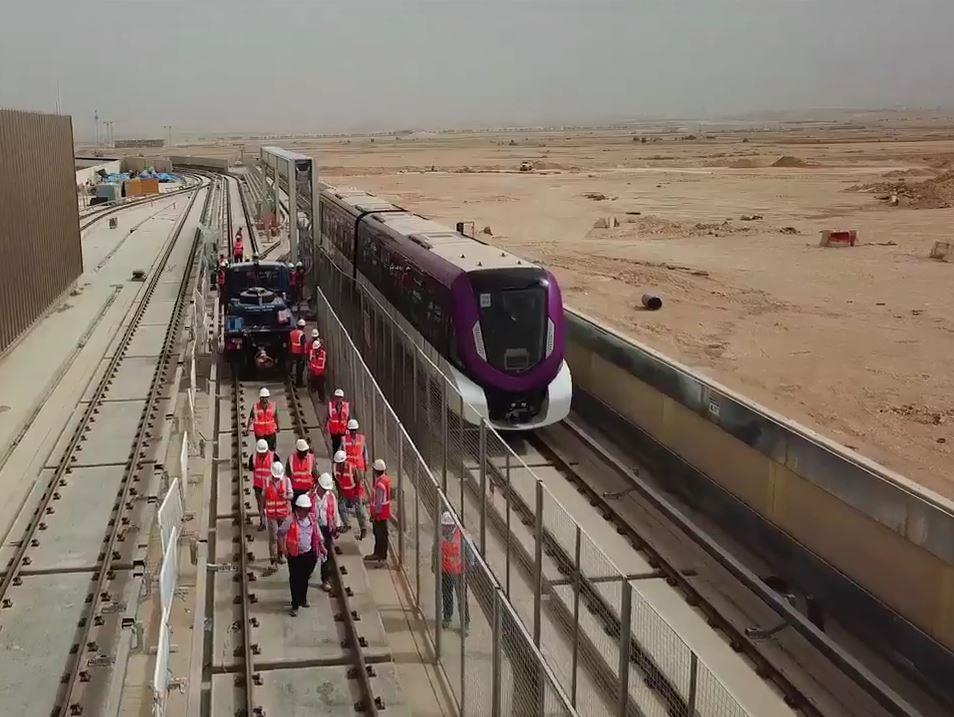Alstom, an integrated transport systems provider headquartered in France, has achieved a major milestone for its Fast consortium with the launch of initial dynamic tests for its Riyadh Metro project, which boasts six lines totalling 176km and 85 metro stations.
Alstom has, for the past few weeks, been conducting these tests at the Fast consortium Line 4 Depot test track in Riyadh for the project owner Arriyadh Development Authority (ADA).
The test campaign includes the demonstration of the performance of the railway system, from power supply to signalling systems, using the trains which have already been delivered, said a statement from Alstom.
As per the ADA contract, Alstom will be supplying a fully integrated metro system for lines 4, 5 and 6, which includes: 69 Metropolis-based Riyadh Metro trains, Urbalis signalling system, Hesop energy recovery station, as well as tracks.
The Metropolis-based train for Riyadh is composed of two cars per set and is 36m long. Each train features three classes: first, family and singles class. The trains will offer passengers a high level of comfort, ergonomic seating, LED lighting, air-conditioning and passenger information system.
On the key achievement, Didier Pfleger, the senior vice-president for Middle East and Africa, at Alstom, said: “This test run is a significant milestone for Alstom and the project. We are proud to conduct the tests in Riyadh in order to deliver a state-of-the-art metro to our customer Arriyadh Development Authority (ADA) and the inhabitants and the visitors of Riyadh.”
Pfleger pointed out that these trains will be driverless. The train movements are protected by a state-of-the-art signalling system controlling the speed of the trains, ensuring smooth and safe operations including automatic opening of the train doors.
The fully air-conditioned stations are equipped with platform screen doors that will prevent people from accessing the track, noted Pfleger.
The trains are also equipped with an advanced passenger information system delivering real time information to the passengers through screens and loudspeakers on board the train and on the station platforms.




